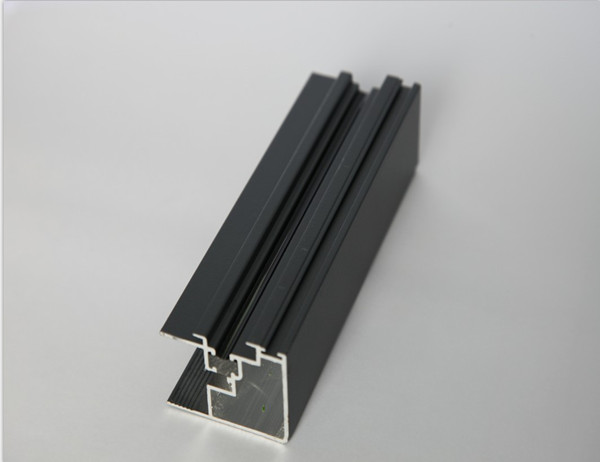In the era of sustainable construction practices, aluminium formwork stands out as a significant contributor to green building initiatives. This innovative construction method offers a range of sustainable solutions that align with the principles of environmental responsibility and resource efficiency. Here’s how aluminium formwork makes a positive impact on green construction:
Resource Efficiency: Aluminium formwork systems are engineered for durability and reusability, minimizing material consumption and waste generation. Unlike traditional formwork materials that may degrade over time and require frequent replacement, aluminium formwork maintains its structural integrity for multiple uses. This reduces the demand for new materials and conserves valuable resources, promoting a more sustainable approach to construction.
Energy Efficiency: The lightweight nature of aluminium formwork systems facilitates easy handling and transportation, leading to reduced energy consumption during construction. Additionally, the rapid assembly and dismantling process of aluminium formwork systems minimize the need for heavy machinery and shorten project durations. These efficiency gains translate into lower energy usage on-site, contributing to overall energy conservation in the construction industry.
Waste Reduction: Aluminium formwork systems minimize construction-related waste by optimizing material usage and promoting recycling practices. The reusability of aluminium formwork components significantly reduces the amount of waste generated during construction projects. Furthermore, aluminium is a highly recyclable material, allowing for the recovery and reuse of aluminium formwork components at the end of their lifecycle. This closed-loop approach to waste management minimizes landfill disposal and conserves natural resources.
Improved Indoor Air Quality: Aluminium formwork systems contribute to better indoor air quality in buildings by minimizing the use of materials that emit volatile organic compounds (VOCs) or other harmful substances. Unlike some traditional formwork materials that may contain chemicals or preservatives, aluminium is inert and non-toxic, posing no risk to occupants’ health. By choosing aluminium formwork, builders can create healthier indoor environments for occupants, supporting their well-being and comfort.
Long-Term Sustainability: The durability and longevity of aluminium formwork systems contribute to the long-term sustainability of buildings. Structures constructed using aluminium formwork benefit from enhanced resilience and performance, reducing the need for maintenance and repairs over time. This prolongs the lifespan of buildings and minimizes their environmental impact, ensuring sustainable outcomes for future generations.
In conclusion, aluminium formwork plays a crucial role in advancing green construction practices by offering sustainable solutions that prioritize resource efficiency, energy conservation, waste reduction, indoor air quality, and long-term sustainability. By embracing aluminium formwork, builders can create environmentally responsible structures that enhance both the built environment and the well-being of occupants, paving the way for a more sustainable future.




